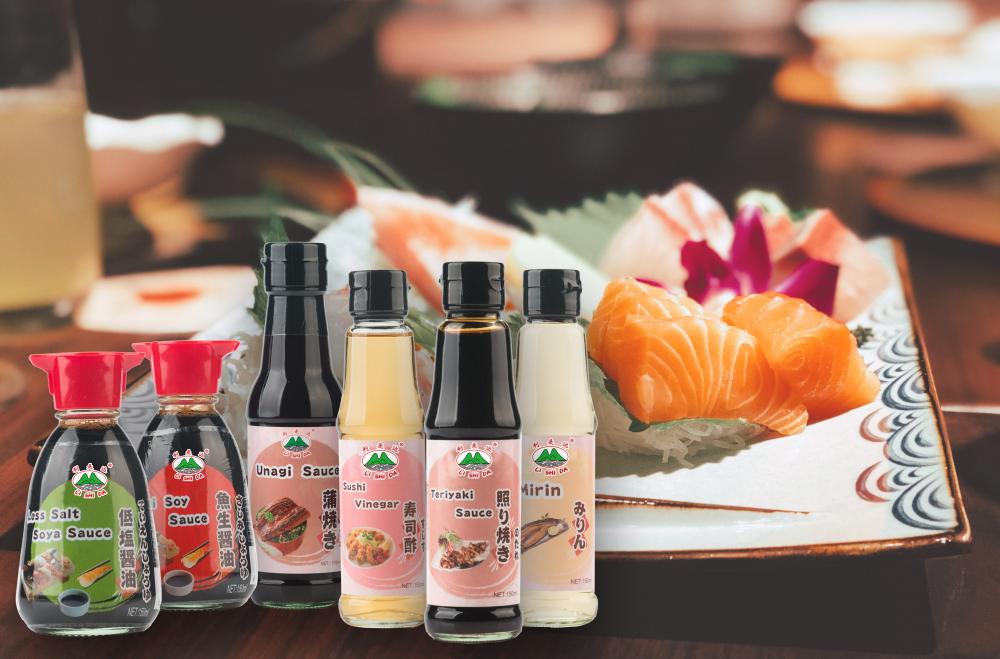2. Coptis chinensis: Coptis chinensis can promote the growth and development of Coptis chinensis seedlings in winter, so that its roots and stems grow, the depth of the root system increases accordingly, and the damage caused by low temperature and freezing damage to the root system is mitigated or avoided, and the frozen bud shoots are avoided, which is favorable for plant growth. When soil is cultivated, the soil in the trench is dug up, and the soil is loosened and scattered evenly on the raft. Suitable for earthworms overwintering herbs are Astragalus, ginseng, American ginseng and so on.
3, Morinda officinalis: Morinda officinalis is a perennial evergreen woody vine, rooted into medicine. After 2-3 years of growth, the roots of the plants have entered a period of vigorous growth. In order to prevent their stems and leaves from becoming long, in the winter, combined with the preparation of the cuttings, the green stems are cut from the base. It is used as a cutting propagation material to reduce the consumption of nutrients and to promote the accumulation of nutrients to the roots, so as to achieve the goal of safe wintering and increase production. Suitable medicinal plants for pruning over the winter include forsythia, alfalfa, wolfberry fruit, honeysuckle, rose, gallnut, and pepper. After pruning, they must be plowed and weeded and fertilized to restore normal growth.
4. Chuanxiong: After the winter, when the above-ground part of Chuanxiong is yellowing, the 4th cultivating and weeding should be carried out. The above part of the cultivator should be hauled to the aboveground part, then cultivating and weeding, and the rows of soil should be placed on the row to protect the rhizomes from overwintering. It's called "Shu Dong Pill." In addition, the Codonopsis pilosula has to undergo a “pumping winter medicine†before entering the winter, and in the following spring, the dry stem weeds are removed with a gum and then burned with fertilizer.
5. Amomum villosum: After planting Amomum villosum, if it is poorly managed, combined with the constant rainfall, it will often cause the rhizomes to become bare, affecting rooting, drawing bamboo shoots, and inducing the inflorescences, and they will begin to decline. The meristems will gradually become weak and short, and will not bloom. Or less flowering results, in the event of cold invasion, often easy to die. Before the winter, the declining old seedlings should cut off the old seedlings and dry old stalks, dig loose land, re-apply organic fertilizers, use indigenous soil to cultivate soil, strengthen field management, timely fertilize, promote seedling growth, restore seedling growth, and ensure Plants safely pass winter to lay the foundation for steady production and high yields in the following year.
6, Mangosteen: Luo Hanguo seed potato block intolerance of low temperature, in order to ensure the normal germination of the following year, in the winter before the winter soil to sit buried. Cut the old vines before earth-cultivation, leaving only about 30cm of the main vines, and then dig the earth to bury the seed vines and the main vines. The thickness of the cultivating earth is 20-30 cm, and then a layer of grass will be added to prevent winter heating. Frozen. In addition, it is safe to winter in the south, but in North China and Northeast China, long stems must be cut before freezing. Only about 1 meter long stalks are left on the ground. Each pile is covered with an earth mound. , about 30 centimeters high, protects the towers from wintering. In March of the following year, the mound was opened to facilitate the emergence of new sprouts and rapid growth.
7. Fritillaria: Before and after the winter solstice, before the soil is frozen, apply 1500-2000 kilograms of soil miscellaneous fertilizer per mu to the mother-of-pearl line. This will not only increase the temperature of the soil, but also play a role in freezing and warming, and it will also increase the soil for winter fertilizer. The role of fertility. Winter fertilizer can meet the growing demand for nutrients from the plants throughout the growing season. Most of the overwintering medicinal plants can be reused to protect the medicinal materials safely for overwintering such as Astragalus, Zeeland and Andrographis.
8. Gynostemma pentaphyllum: Gynostemma pentaphyllum is a perennial grassy vine with rootstock. Although it is relatively low-temperature-resistant, it can safely pass winter without cultivation in the south. However, in the north, the underground stems are prone to freezing injury and death due to prolonged drought and low temperature. Therefore, after harvesting the above-ground part in the autumn, we should pour water 1 time before winter and cover the rows of herbal plants with straw such as straw and thatch. This will not only keep the ground temperature relatively stable, but also avoid cold wind directly invading the roots of the plants. For the antifreeze of other herbaceous material seedlings, a layer of vegetation ash shall be covered first and then protected by a plastic film shed.
In order to satisfy people's need,now we develop Japanese Sauce,includes Sushi Sauce,Sashimi Sauce,Unagi Sauce,Teriyaki Sauce,Sushi Vinegar, Mirin Sauce and so on.We select non-GMO soybeans,wheat,sugar and other high quality ingredients,and adhere to brew in traditional process.

Welcome to contact us for cooperation!
Japanese Sauce
Japanese Soy Sauce,Sushi Soy Sauce,Sashimi Soy Sauce,Unagi Sauce,Teriyaki Sauce,Sushi Vinegar
KAIPING CITY LISHIDA FLAVOURING&FOOD CO.,LTD , https://www.lishidafood.com